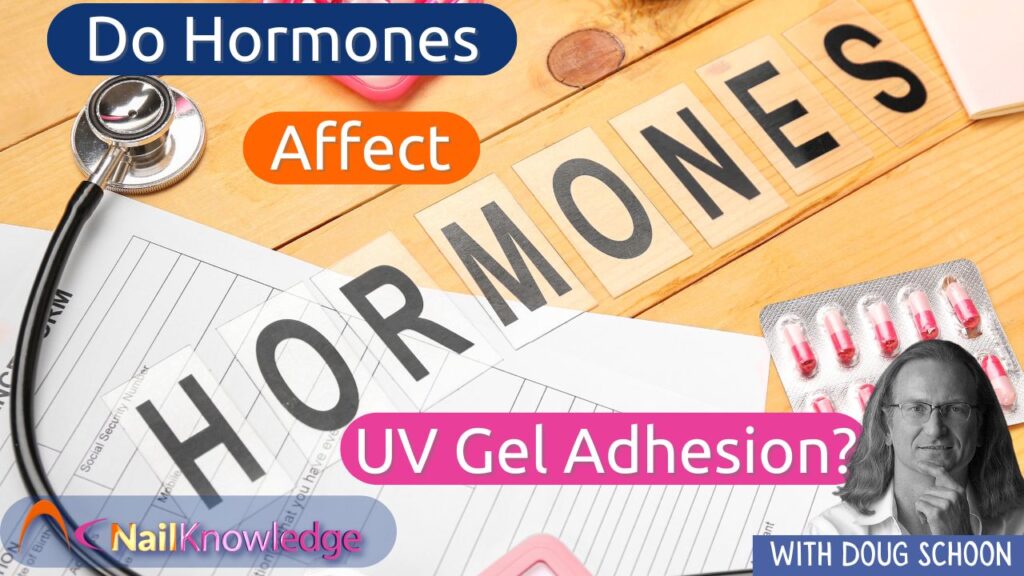Hormonal changes in the body are known to influence various aspects of health, including the condition of hair, skin, and nails. However, there’s a common question in the nail industry that has sparked debate: Can the menstrual cycle or other hormonal fluctuations impact the adhesion of UV gel to the natural nail plate? In this blog, we’ll explore whether hormonal changes, particularly during the menstrual cycle, truly affect nail adhesion or if this is simply a myth.
Understanding the Limited Impact of Hormones on Nail Adhesion
It is possible for nail plates to be affected by hormonal changes occurring over long intervals, which rules out the effects of monthly menstrual cycles. I’ve never seen any evidence or other indications that menstrual cycles can affect adhesion, nor do I see how they could, so I’d label this as a myth. During pregnancy, hormones are released into the body and they can cause the nail plate to accelerate growth, so it is clear hormones can affect nail growth. However, the nail coating is adhering to nail cells that developed in the nail matrix prior to product application.
Hormones can affect newly forming nail cells, but it is pretty unlikely that hormones can affect them months later after they grow out and are just as unlikely to cause poor adhesion.
Why Menstrual Cycles Don’t Affect Nail Adhesion
For the same reasons, it makes no sense that menstrual cycles would affect adhesion. This would be akin to saying menstrual cycles cause split ends in hair, but how could they affect hair that has already grown out? This would be blaming spilt ends on the wrong things and would never lead to a proper solution that prevented spilt ends. The same is true for claiming that hormones affect nail adhesion, it’s mostly used as an excuse to shift the blame and will NOT lead to a solution for the problem. I recommend that you should first look at your own work and then the client’s lifestyle and hand-related occupational exposure as the step toward finding a solution to adhesion problems. That will be the best way to solve such issues.


